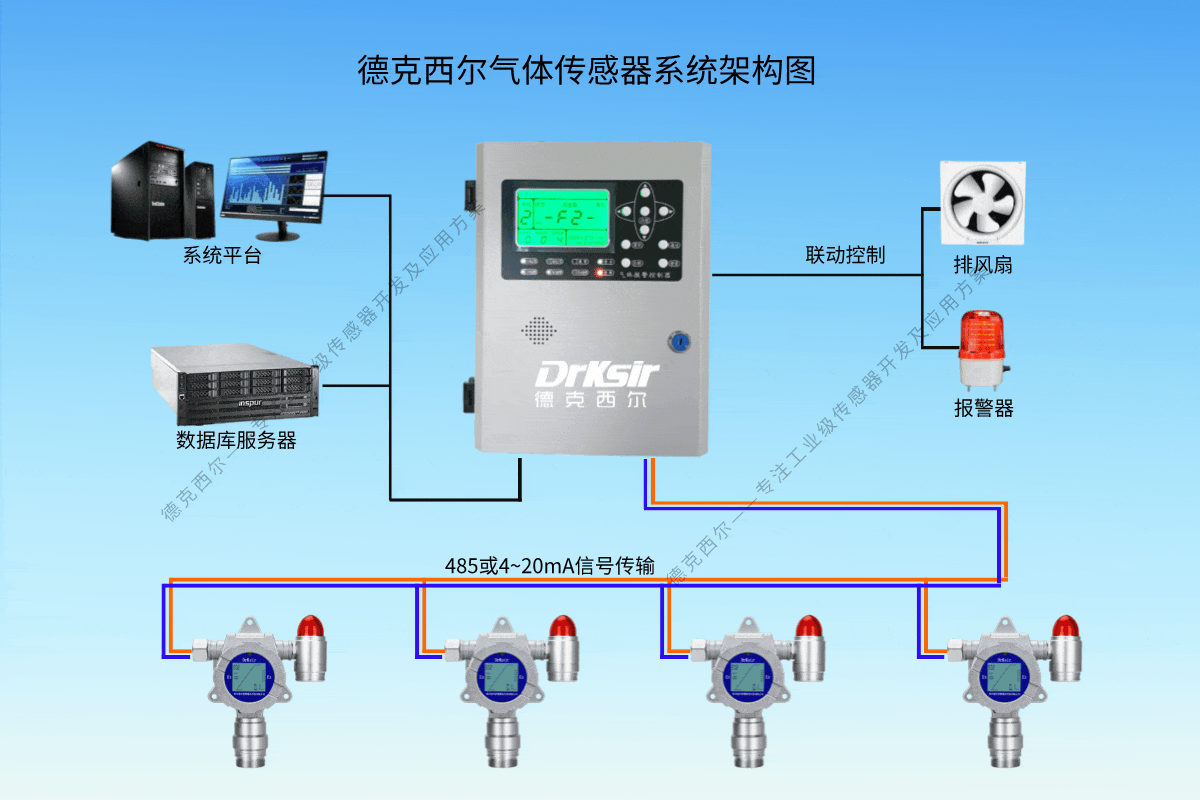感谢您的支持,我会继续努力的!



打开支付宝扫一扫,即可进行扫码打赏哦

First, when choosing the range of the hydrogen sensor, the following factors should be considered:
1. Application environment: First define the specific environment in which the sensor will be installed and used. For example, in a laboratory setting, where low concentrations of hydrogen leaks may need to be detected, a sensor with a low range (such as 0-1000 ppm) is more appropriate. In high-risk areas such as chemical plants, hydrogen energy storage and transportation, sensors capable of detecting higher concentrations of hydrogen, such as 0-10,000 ppm or greater, may be required.
2. Safety standards: comply with industry safety norms and laws and regulations. Different industries and countries have different requirements for hydrogen concentration and safety thresholds, ensuring that the sensor range selected can cover the minimum and maximum concentration requirements of these regulations.
3. Detection purpose: Select the range according to the detection purpose. Low concentration sensors are more sensitive if the aim is to prevent hydrogen leaks; If you are measuring the lower explosive range of hydrogen or the safety of hydrogen storage, a wider range of sensors is required.
4. Environmental factors: Considering whether other gases or substances in the environment may interfere with the sensor, choose a sensor with better selectivity and anti-interference ability to ensure accurate measurement in a complex environment.
5. Cost effectiveness: Balance performance and cost. High-precision, wide-range sensors are usually more expensive, and cost-effective products are selected according to actual needs.
Second, Precautions:
1. Environmental adaptability: Ensure that the selected sensor can adapt to the temperature, humidity, pressure and other conditions of the use environment.
2. Regular calibration and maintenance: No matter what range is selected, ensure that the sensor is calibrated regularly to maintain the accuracy and stability of the measurement.
3. Response time and accuracy: In applications requiring fast response, sensors with short response time and high accuracy should be selected.
4. Compatibility and integration: Consider the compatibility of the sensor with the existing monitoring system or data acquisition system to ensure smooth data transmission and processing.
5. Long-term stability: Choose a sensor with good long-term stability and long life, reduce the replacement frequency and reduce maintenance costs.
In short, the selection of the range of the hydrogen sensor is a comprehensive consideration process, which needs to be decided according to many factors such as actual application scenarios, safety standards, cost budget and maintenance needs.

关注公众号
了解更多传感器知识
公众号:德克西尔

加微信
购买传感器产品
微信号:Drksir-13515810281
